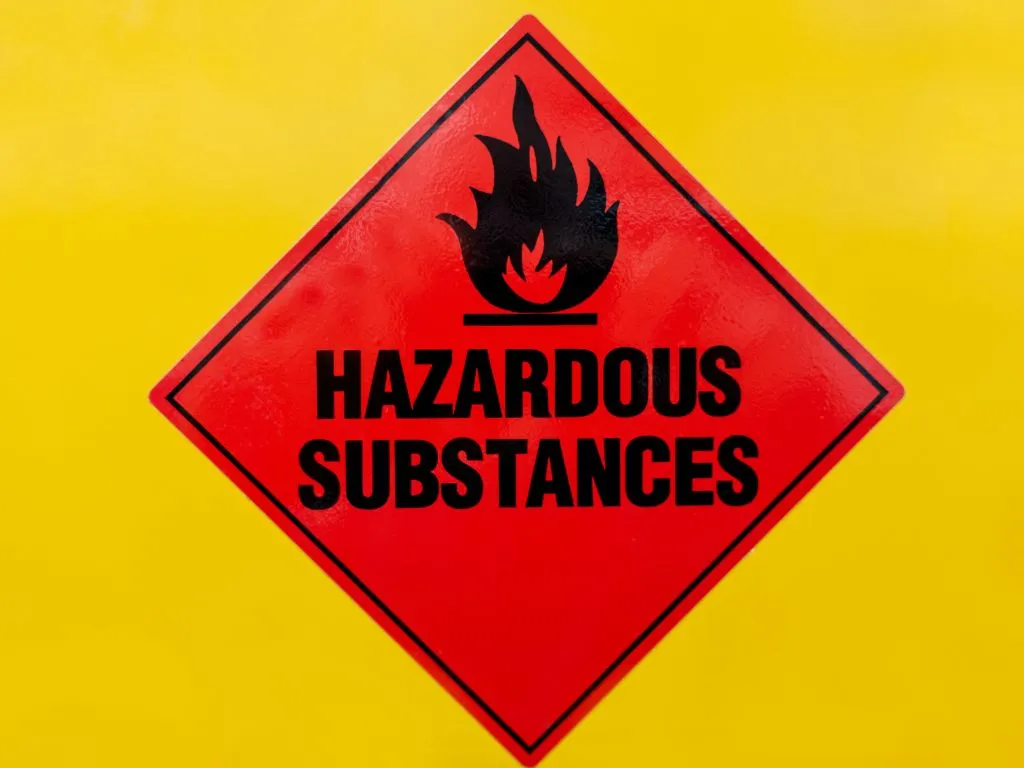News Details

EU Notifies WTO of Draft Regulation on Harmonised Classification of Hazardous Substances Amending the CLP Regulation
On 25 September 2024, the European Union notified the World Trade Organization (WTO) about a Draft Commission Delegated Regulation amending Regulation (EC) No 1272/2008 on classification, labelling, and packaging (CLP) of hazardous substances and mixtures. The Regulation updates Table 3 of Part 3 of Annex VI to the CLP Regulation by introducing and revising the harmonised classification and labelling (CLH) of 32 substances or groups of substances.
Updated Substances
These updates are based on scientific opinions from the European Chemicals Agency’s (ECHA) Committee for Risk Assessment (RAC), which reviewed data on several chemicals. The substances are listed in the table below.
|
Chemical Name (Added Entries) |
CAS No |
|
2-ethylhexanoic acid, monoester with propane-1,2-diol |
85114-00-7 |
|
N-1-naphthylaniline; N-phenylnaphthalen-1-amine |
90-30-2 |
|
Tetrairon tris(pyrophosphate); ferric pyrophosphate |
10058-44-3 |
|
Ozone |
10028-15-6 |
|
α,α'-propylenedinitrilodi-o-cresol |
94-91-7 |
|
Dinitrogen oxide |
10024-97-2 |
|
Barium chromate |
10294-40-3 |
|
Chrysanthemum cinerariaefolium, extract with CO₂ |
89997-63-7 |
|
Chrysanthemum cinerariaefolium, extract with hydrocarbon solvents |
89997-63-7 |
|
Barium bis[2-chloro-5-[(2-hydroxy-1-naphthyl)azo]toluen-4-sulphonate]; C.I. Pigment Red 53:1 |
5160-02-1 |
|
2-bromo-2-(bromomethyl)pentanedinitrile; [DBDCB] |
35691-65-7 |
|
9-octadecenoic acid (Z)-, sulfonated, potassium salts |
68609-93-8 |
|
Bixlozone (ISO); 2-(2,4-dichlorobenzyl)-4,4-dimethyl-1,2-oxazolidin-3-one |
81777-95-9 |
|
2,3-epoxypropyl isopropyl ether |
4016-14-2 |
|
Tetrahydrofurfuryl methacrylate |
2455-24-5 |
|
Trimethyl phosphate |
512-56-1 |
|
Fluoroethylene |
75-02-5 |
|
2-bromo-3,3,3-trifluoroprop-1-ene |
1514-82-5 |
|
2-methyl-2H-isothiazol-3-one hydrochloride |
26172-54-3 |
|
2,3-epoxypropyl o-tolyl ether |
2210-79-9 |
|
Methyl oct-2-ynoate |
111-12-6 |
|
Dinotefuran (ISO) |
165252-70-0 |
|
Chemical Name (Replaced Entries) |
CAS No |
|
2-phenylpropene; α-methylstyrene98 |
98-83-9 |
|
Pethoxamid (ISO) |
106700-29-2 |
|
Tetraphosphorus trisulphide |
1314-85-8 |
|
1,1-dichloroethylene; vinylidene chloride |
75-35-4 |
|
3-isocyanatomethyl-3,5,5-trimethylcyclohexyl isocyanate; isophorone di-isocyanate |
4098-71-9 |
|
Folpet (ISO); N-(trichloromethylthio)phthalimide |
133-07-3 |
|
Tris(2-chloroethyl) phosphate |
115-96-8 |
|
Chrysene |
218-01-9 |
|
Phenylphosphine |
638-21-1 |
|
Lead di(acetate) |
301-04-2 |
The list of updates with details about hazard classes can be found here. The substances were flagged for potential hazards, such as carcinogenicity, environmental toxicity, or serious health risks, which require stricter regulation in the EU.
Consultation Process
The proposed changes were informed by public consultations managed by ECHA, where Member States and stakeholders provided feedback. Comments were taken into account in the final RAC opinions. Additionally, expert input was sought through the CARACAL group, which brings together Member States competent authorities responsible for REACH and CLP, as well as industry and regulatory stakeholders.
Main Objectives and Rationale
The main objectives of the amendments are:
-
To ensure the protection of human health and safety.
-
Strengthen the protection of the environment by tightening regulations on hazardous substances.
-
To facilitate the free movement of substances and mixtures in the EU by harmonising classifications at EU level.
Timeline for Adoption and Application
The Regulation is expected to be adopted in the fourth quarter of 2024. It will enter into force 20 days after its publication in the Official Journal of the EU, probably in early 2025. A transition period of 18 months is included to allow companies time to adapt their labelling and packaging to the new requirements. However, suppliers will be able to voluntarily apply the new classifications once the regulation enters into force.
Next Steps and Stakeholder Involvement
Stakeholders are invited to submit comments on the draft Regulation within 60 days of its notification. The final regulation will be shaped by the feedback received during this consultation period to ensure that the amendments address industry concerns while maintaining high safety standards.
Further Resources
The full text of the Draft Commission Delegated Regulation is available here and the full list of substances is available here.
We acknowledge that the above information has been compiled from WTO.

 Twitter
Twitter
